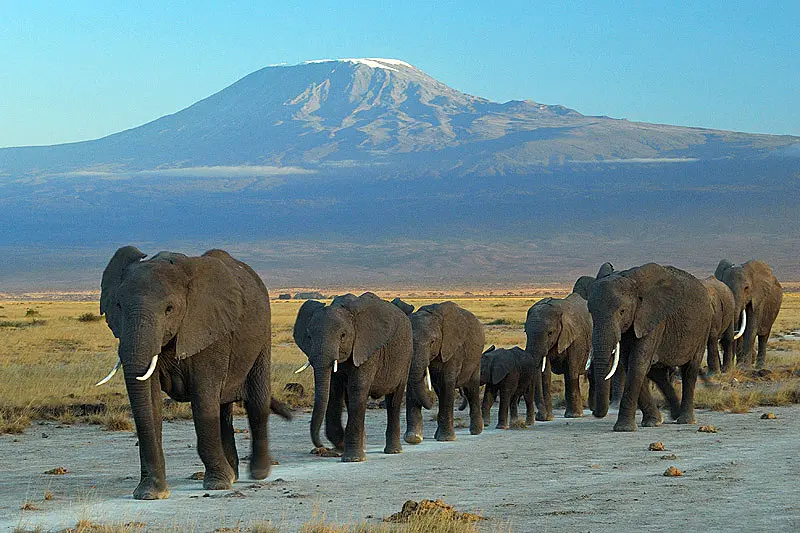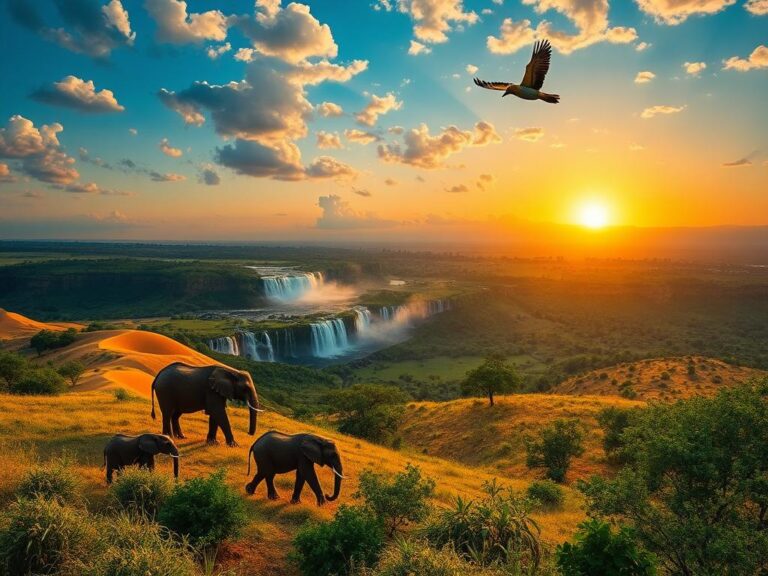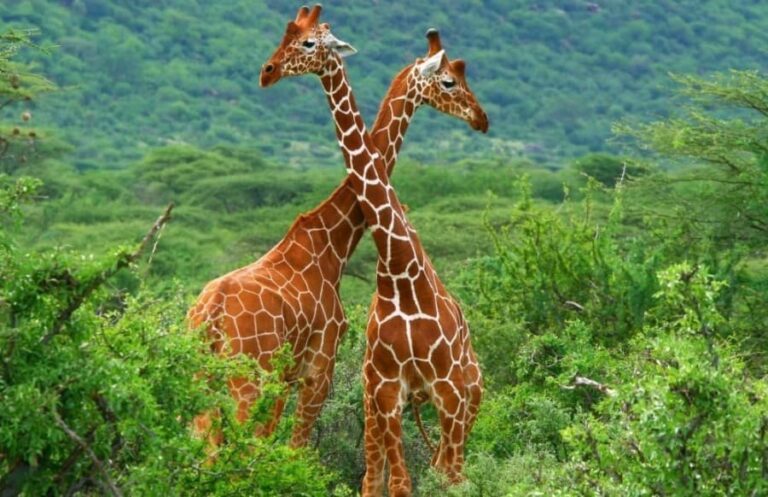
Best Time to Travel to Africa for Safari: Your Ultimate Guide
Best time to travel to Africa for safari can be a question that evokes excitement and curiosity in the hearts of many adventurers.
With its diverse landscapes, vibrant cultures, and an astonishing variety of wildlife, Africa offers an unparalleled experience for those seeking adventure.
But when is the right time for such an exhilarating journey? This comprehensive guide explores the various seasons, wildlife migration patterns, and unique experiences across the continent.
Arming yourself with this knowledge will not only help you plan the perfect safari but will also ensure you make unforgettable memories amidst the breathtaking African wilderness!
Understanding the Climate Variations
One of the most important aspects of planning a safari is understanding Africa’s varied climates.
Africa is incredibly vast, and its climatic zones vary widely from region to region.
Countries such as Kenya and Tanzania experience distinct wet and dry seasons, while South Africa has its unique weather patterns.
The differences in climate can dramatically affect your wildlife-viewing experience, so understanding these variations is key.
The dry season, typically from June to October, is often regarded as the best time to travel since animals congregate near water sources.
This ensures excellent visibility for travelers and enhances the chances of spotting iconic wildlife.
Conversely, the wet season from November to April, though perhaps less favorable for seeing wildlife, can gift you with lush scenery and the birth of numerous young animals.
The Best Season for Safari: The Dry Season
During the dry season, from June to October, Africa comes alive with stunning views and active wildlife.
The limited water supply forces animals to congregate around reliable water sources, drawing visitors into a captivating performance of nature.
Rain is rare during this time, allowing for traversable roads without muddy conditions.
This creates the perfect environment for game drives, bush walks, and unforgettable encounters with lions, elephants, and other magnificent creatures.
In a safari vehicle, your guide’s expert knowledge will ensure that you spot various species with ease.
Moreover, the dry season is ideal for photography enthusiasts eager to capture animals against spectacular sunsets and stunning landscapes.
Wet Season Wonders: A Different Perspective
The wet season, running from November to April, might not be the conventional choice for a safari, but it’s truly magical in its own right.
During this period, lush greenery envelopes the landscape, creating a scenic paradise unlike any other.
You’ll witness the dramatic transformation of Africa as new life emerges, with young animals taking their first steps under the watchful eyes of their mothers.
This natural phenomenon can be an extraordinary sight, and the abundance of flora translates to diverse fauna.
Notably, prices may be lower during the wet season, and the lesser crowds lead to a more intimate experience with the wilderness.
However, adventurers should bear in mind that some parks may be less accessible during heavy rains.
The Epic Migration Season: A Must-See Experience
One of the most remarkable experiences you can have while on safari is witnessing the Great Migration, which typically takes place from July to October.
During this period, approximately 1.5 million wildebeest and several hundred thousand zebras embark on a quest for greener pastures across the Serengeti in Tanzania and the Maasai Mara in Kenya.
The sight of wildebeest and zebra crossing rivers filled with crocodiles is a breathtaking spectacle.
This is often highlighted as a once-in-a-lifetime experience for many travelers.
If you aim to be part of this awe-inspiring event, ensure your plans align with these peak months.
Booking early is key, as accommodations and tours can fill up quickly during this highly sought-after season.
Shoulder Season: The Best of Both Worlds
For those seeking a balanced safari experience, the shoulder months of May and November are often ideal.
These months bridge the wet and dry seasons, offering you the chance to witness unique wildlife behaviors without the peak season crowds.
In May, wildlife remains active as wet conditions linger, resulting in lush scenery and more keenly visible animals.
Meanwhile, November marks the transition into the wet season, when flowers bloom and young animals begin to appear.
Traveling during these months can be advantageous for those looking for less expensive options, better deals, and more personalized encounters.
Optimal Timing for Game Drives
The time of day you choose for your game drives can significantly impact your safari experience.
Morning and late afternoon are peak times, as animals tend to be more active during these cooler periods.
A morning drive often rewards travelers with the chance to see predators hunting, while late afternoons can host thrilling events like herds heading toward watering holes.
Consult with your guides on the best practices to optimize your chances of witnessing extraordinary wildlife encounters.
Planning your safari activities around these key times can truly transform your experience into something unforgettable.
Wildlife Calendar: Know Before You Go
Understanding the wildlife calendar in your desired destination can significantly enhance your safari experience.
Some species exhibit specific behaviors linked to mating or birthing seasons, which can influence their visibility in the wild.
For example, elephants often have a birthing season, providing opportunities to see playful calves in the wild.
Researching your destination’s wildlife calendar can ensure you’re privy to these exhilarating events, adding a unique element to your adventure.
Unique National Park Events
Many African national parks host extraordinary events throughout the year, which can enhance your overall experience.
For instance, in Madagascar, the lemurs’ mating season occurs in the summer months, making this one of the best times to witness these fascinating animals.
Likewise, other parks enjoy specific bird migration events, which might intrigue avian enthusiasts.
Researching these events can add further layers of excitement to your planned safari, allowing you to witness unique wildlife behaviors and events.
These occasional occurrences may be the highlight of your trip!
Practical Considerations: Safety and Accessibility
Traveling during the dry season typically means better road conditions and superior accessibility to national parks.
This translates into not only a more comfortable but also a safer safari experience.
In contrast, wet conditions can contribute to challenging road conditions, affecting travel times, and accessibility.
Therefore, if you desire a smoother safari adventure, consider timing your visit during the dry season when road safety is at its highest.
Plan Ahead: Secure Your Safari Adventure
Planning your safari trip well in advance is crucial, especially during peak seasons.
Securing accommodations and guided tours ahead of time guarantees you not only prime spots but also a wealth of options for your travel experience.
Many popular safari lodges and camps fill their vacancies months in advance, making early booking a smart choice for a seamless journey.
Additionally, researching and understanding your chosen regions’ experiences will enable you to maximize your trip while ensuring your safety and enjoyment.
Conclusion
Safaris in Africa are profound experiences that can create lifelong memories.
Whether choosing the enchanting dry season, exploring the vibrant wet season, or witnessing the epic migration, you’ll discover a wealth of unique moments.
Understanding factors such as game drives, local wildlife calendars, accessibility, and planning ahead are essential to crafting your ideal safari experience.
With thoughtful preparation, your journey into the heart of African wilderness will undoubtedly unfold into a riveting exploration filled with unforgettable scenes and encounters.
FAQ
What is the best time to go on a safari in Africa?
The best time to travel to Africa for safari is generally during the dry season, from June to October.
This period offers excellent visibility for spotting wildlife as animals gather near water sources.
When is the Great Migration?
The Great Migration occurs primarily between July and October when wildebeests and zebras traverse from the Serengeti in Tanzania to the Maasai Mara in Kenya.
This spectacular journey is considered one of nature’s most incredible events.
Is it safe to go on safari during the wet season?
Yes, it can be safe to go on safari during the wet season.
However, certain regions may have restricted access due to muddy conditions, so it’s important to research your planned destination.
Can I see baby animals during my safari?
How far in advance should I book my safari?
Booking your safari trip at least six months in advance is recommended, especially for peak seasons, to secure accommodations and guided tours.
Planning to travel to Africa for a safari is an adventure worth every ounce of effort.
From breathtaking landscapes to incredible wildlife encounters, the journey you undertake will undoubtedly enchant your spirit and enrich your life.


